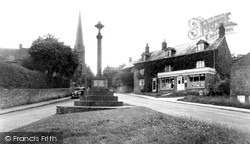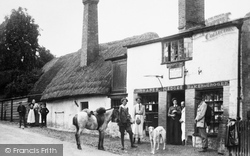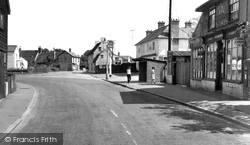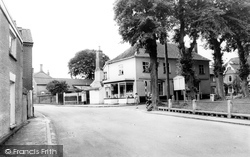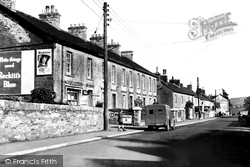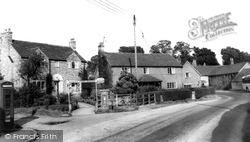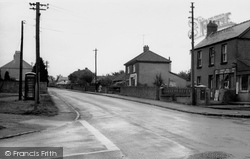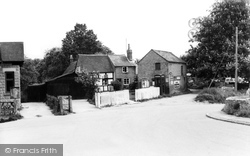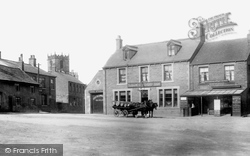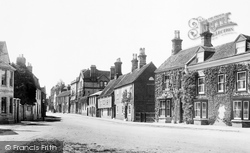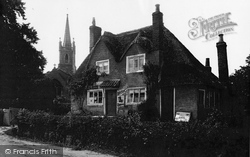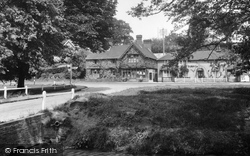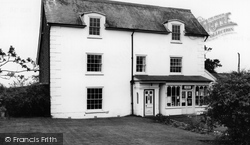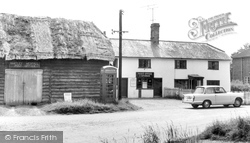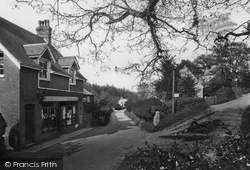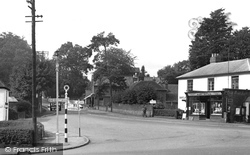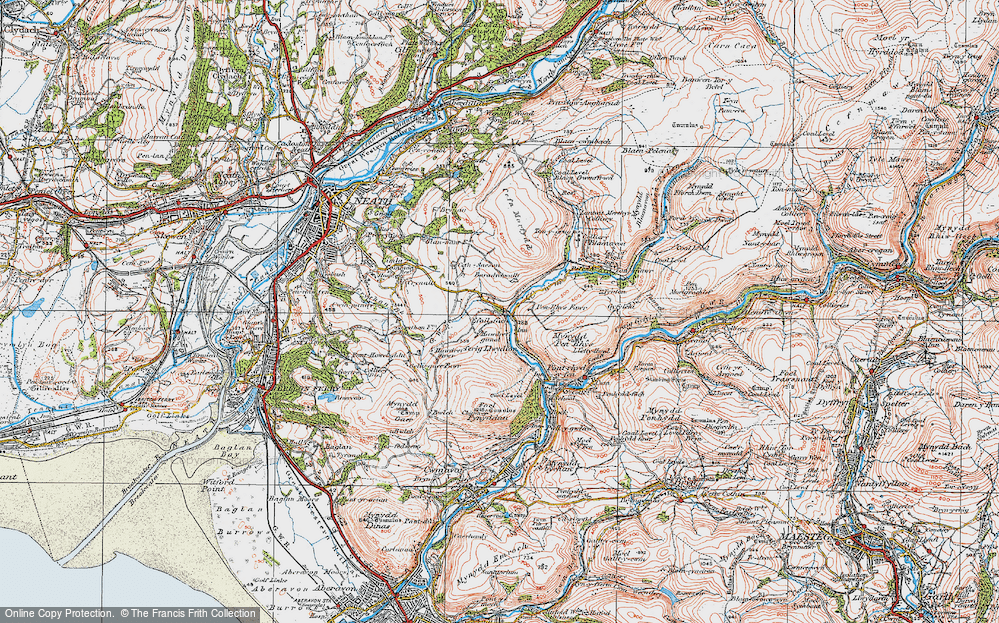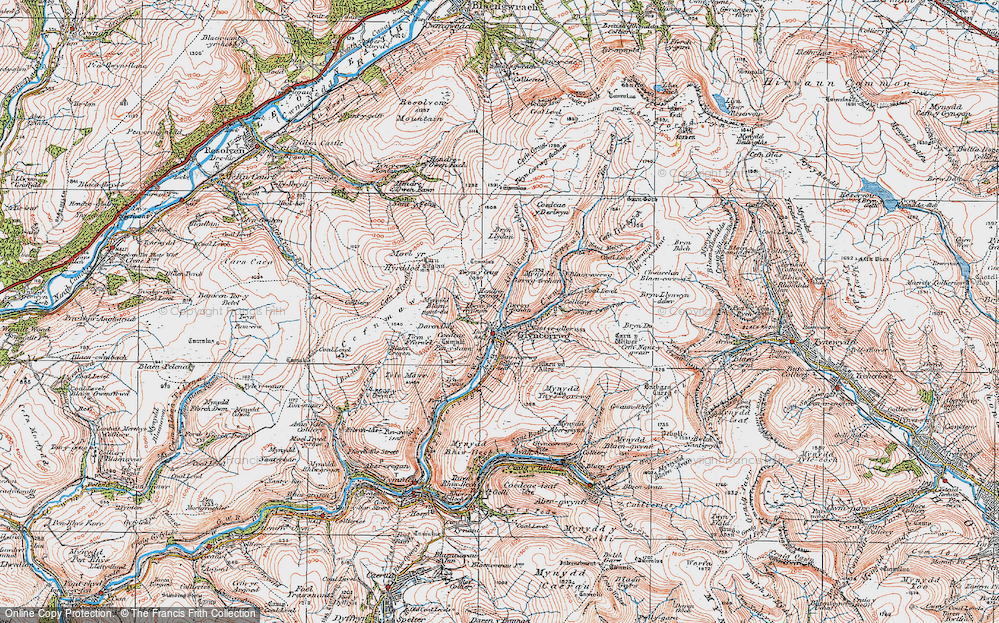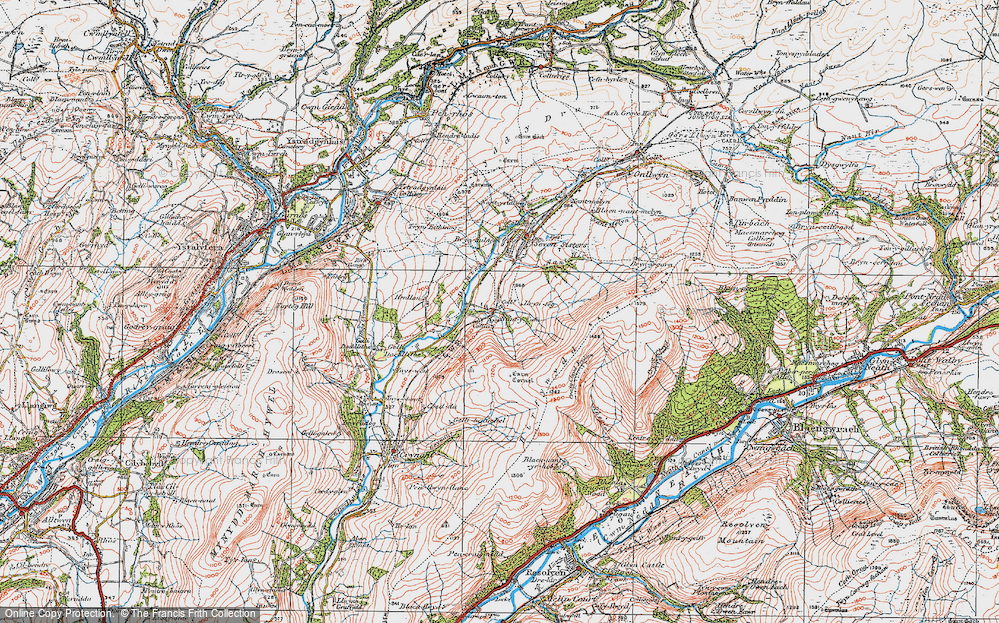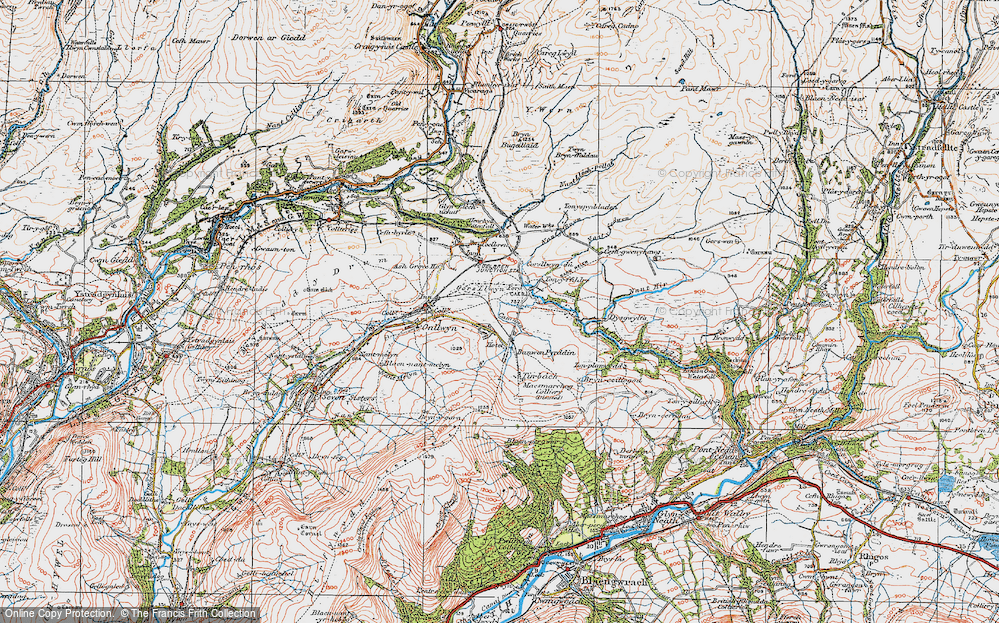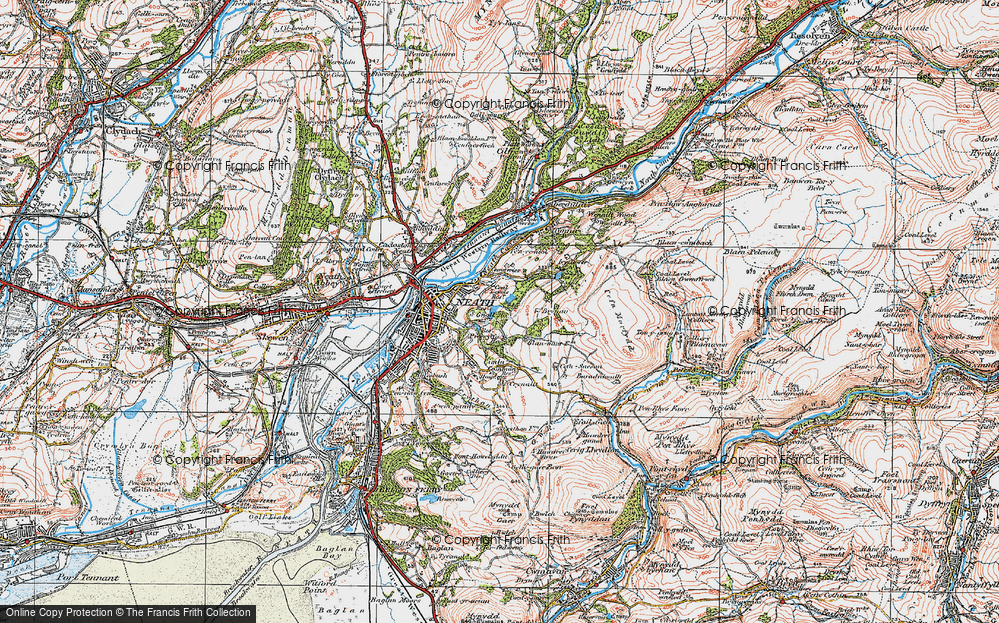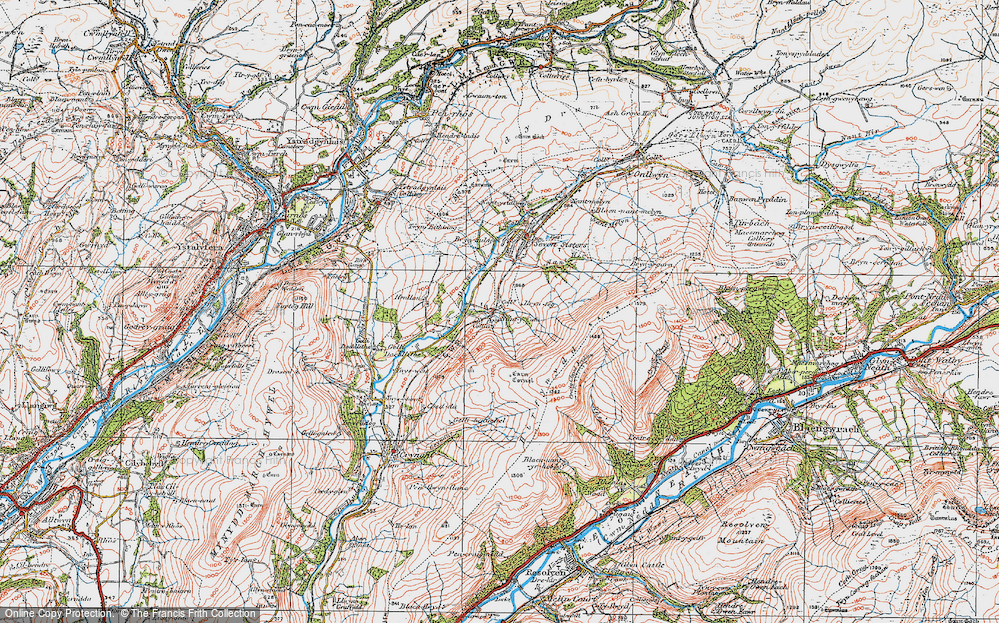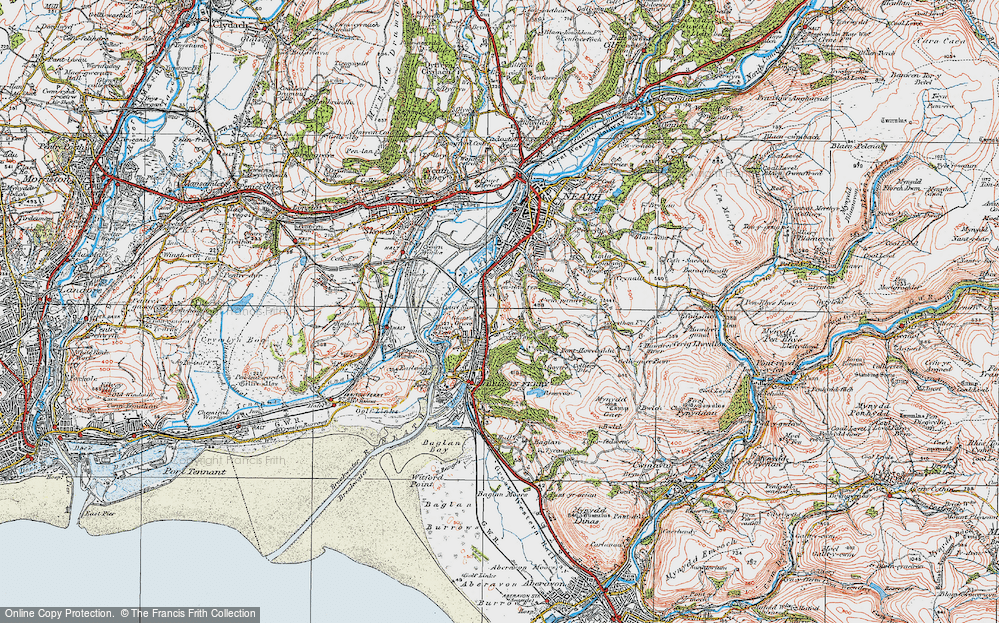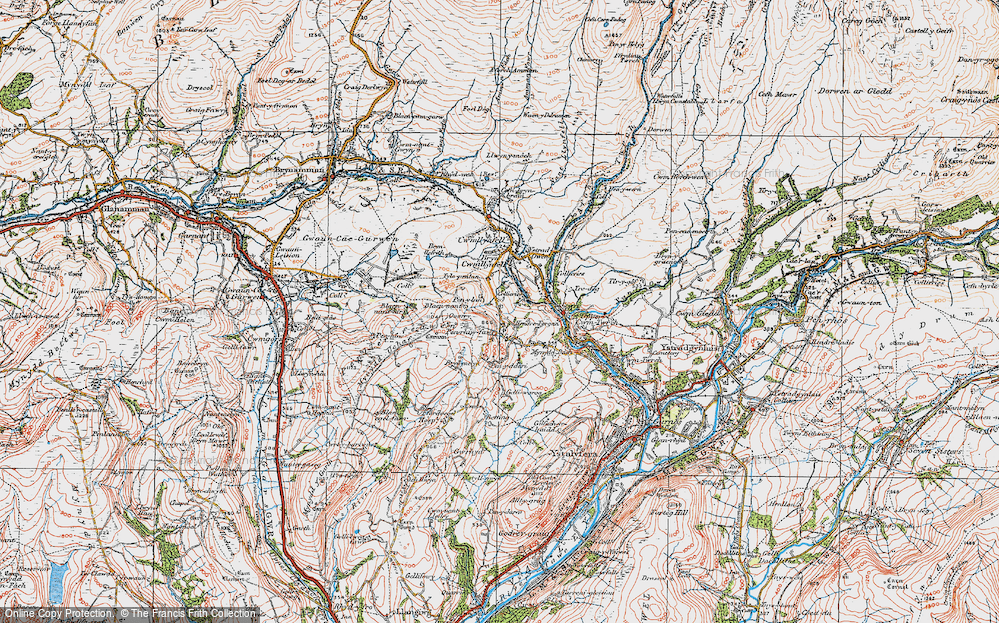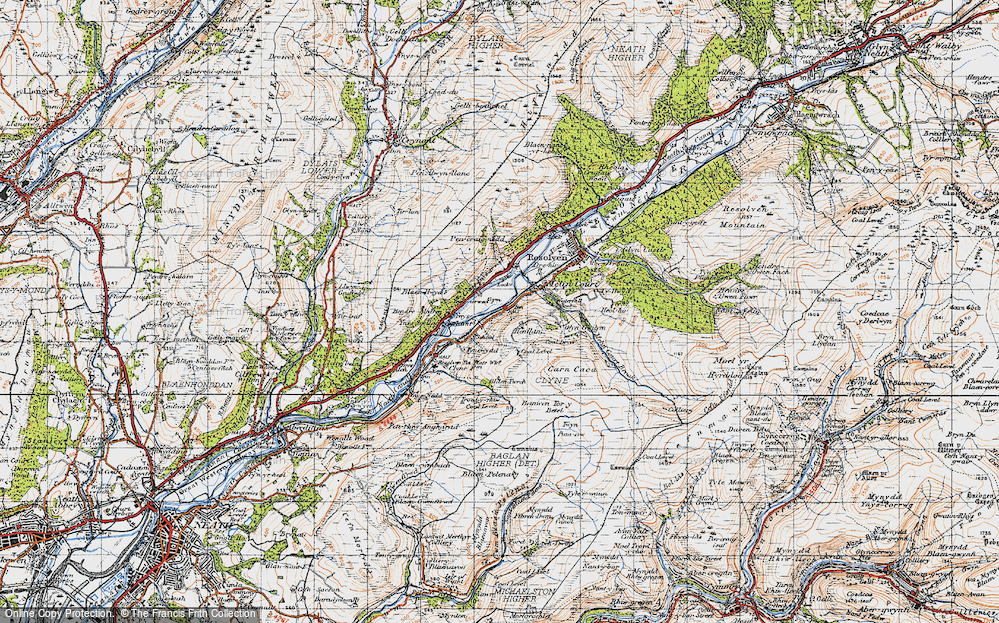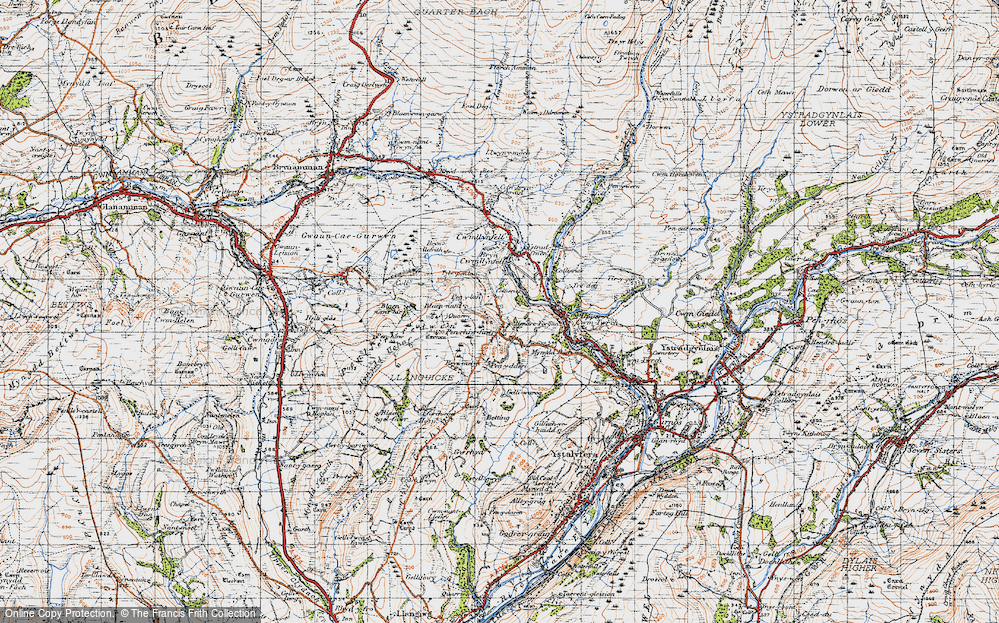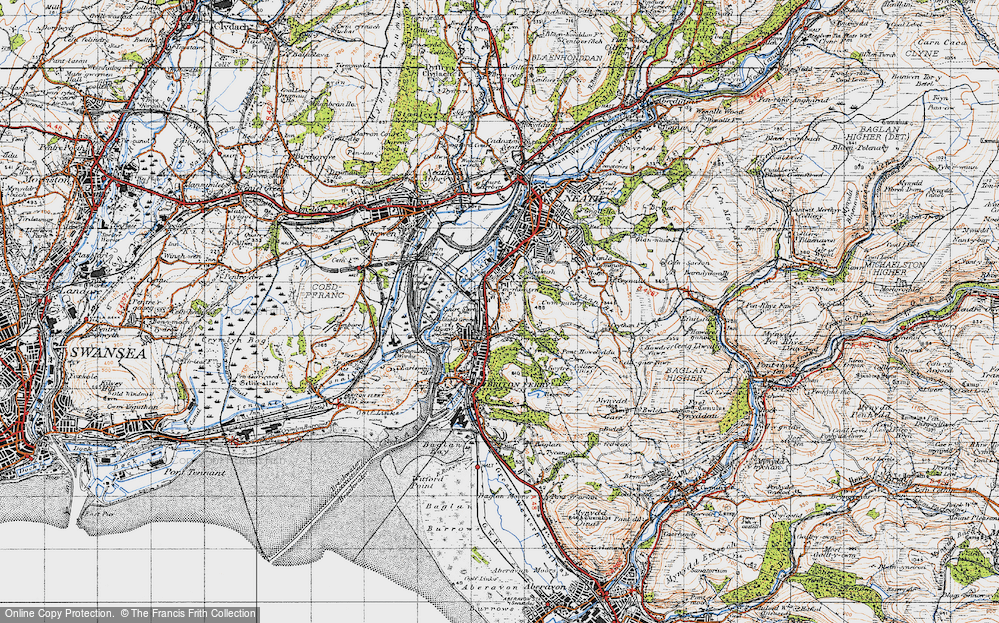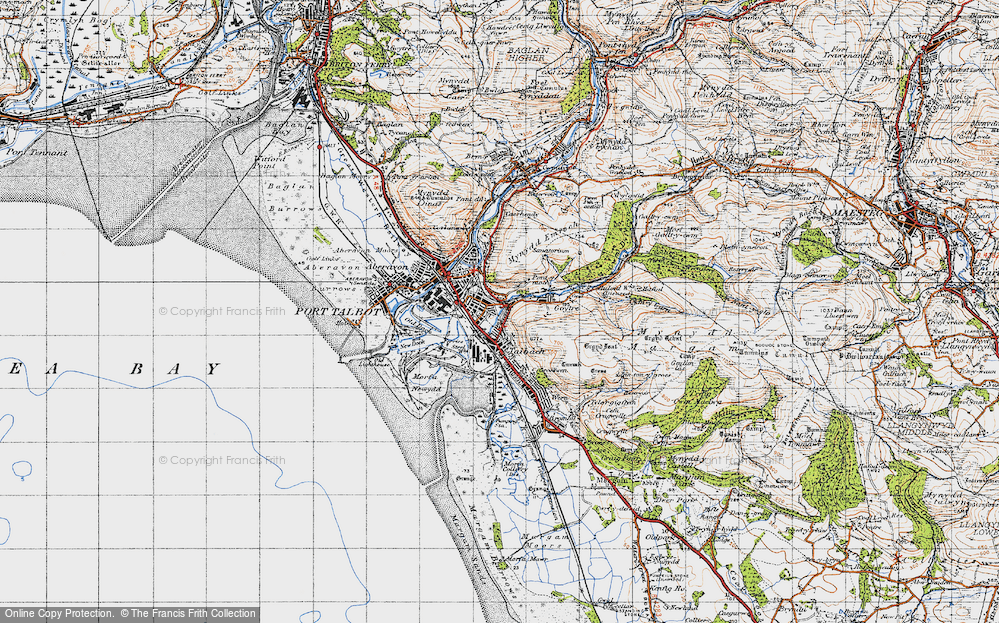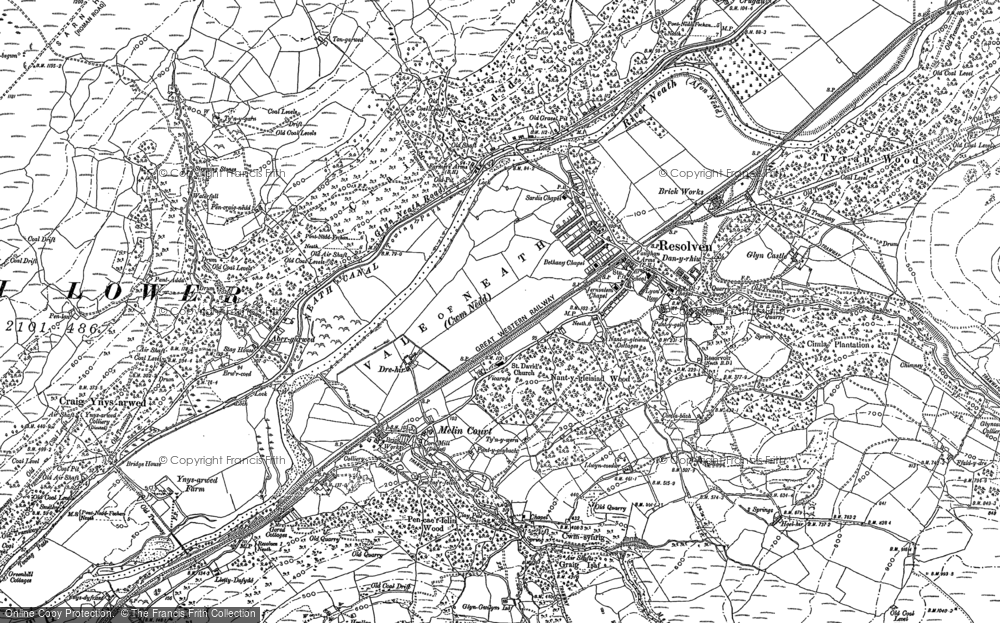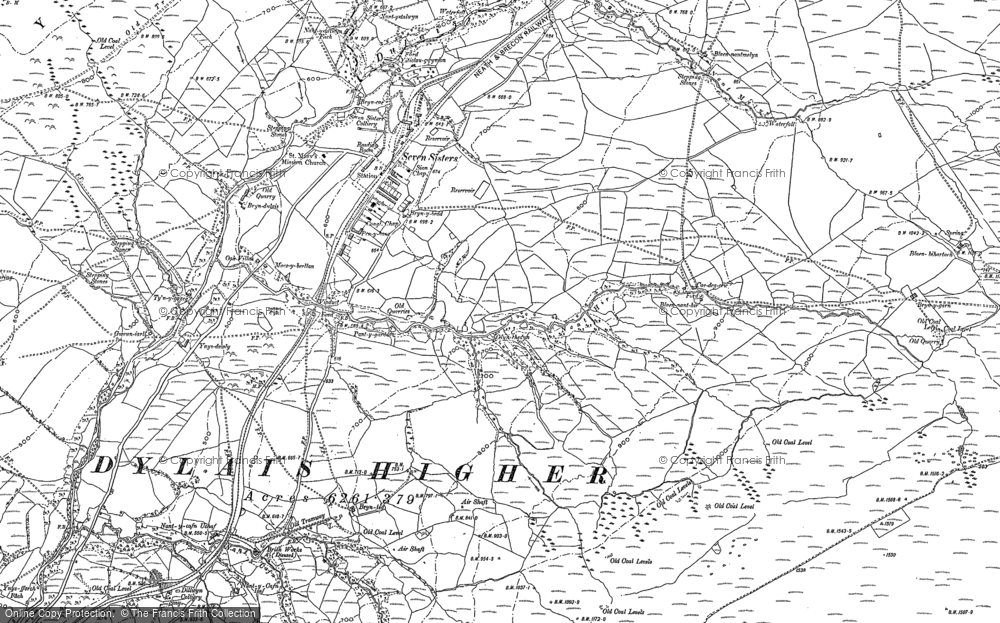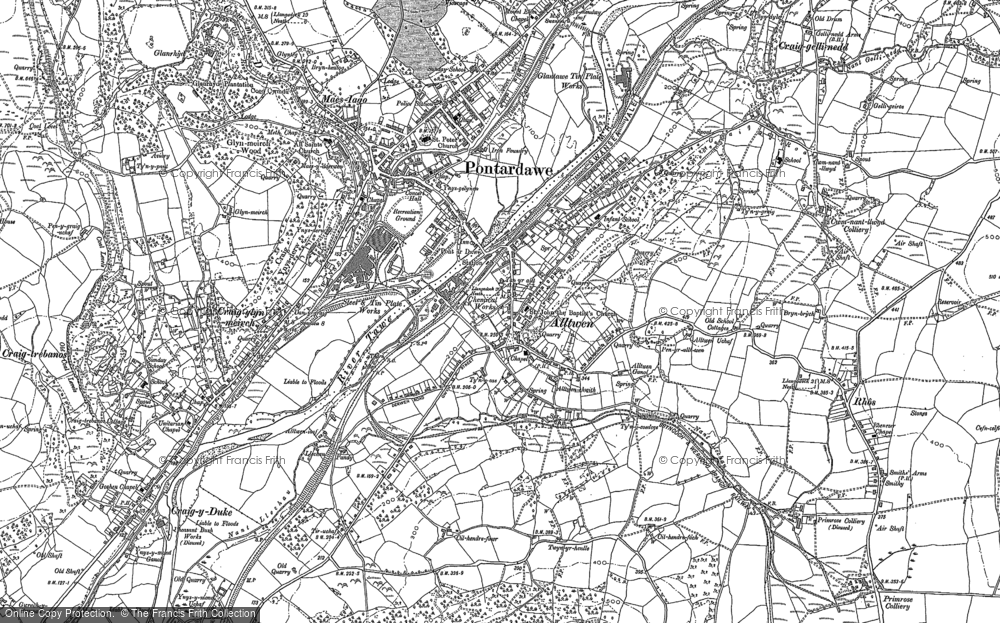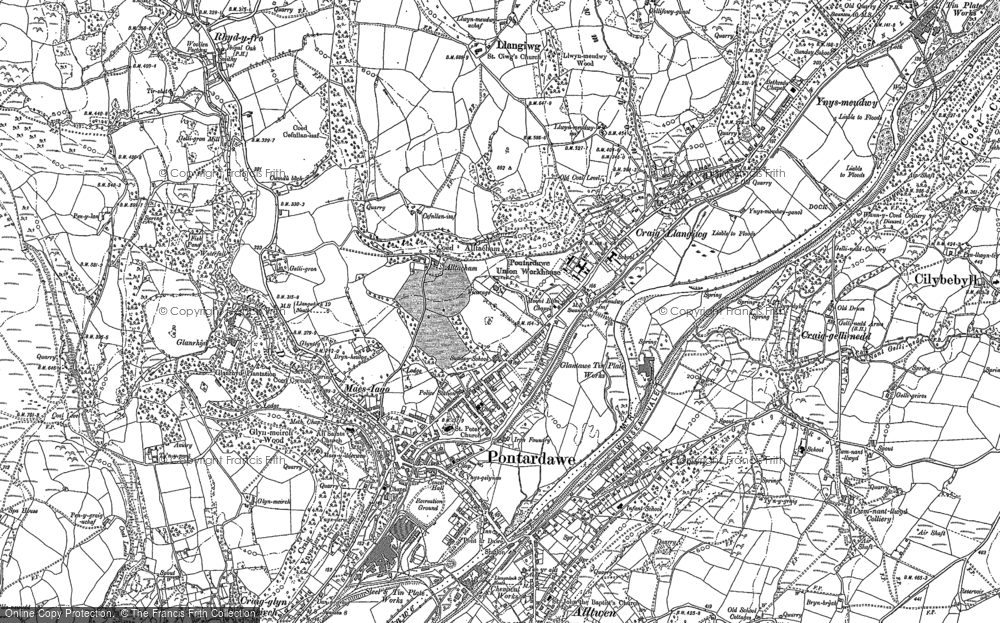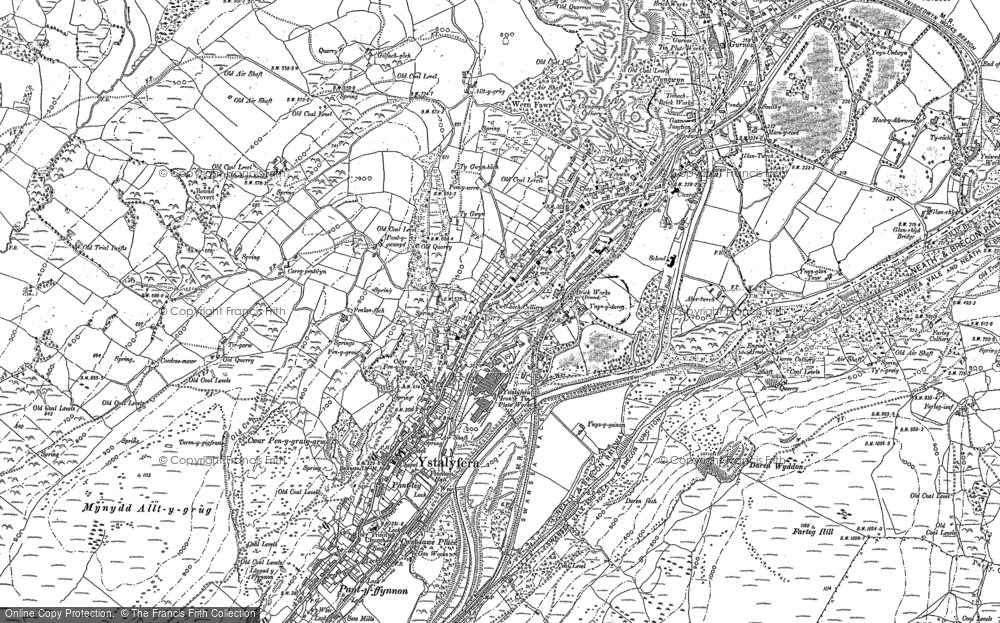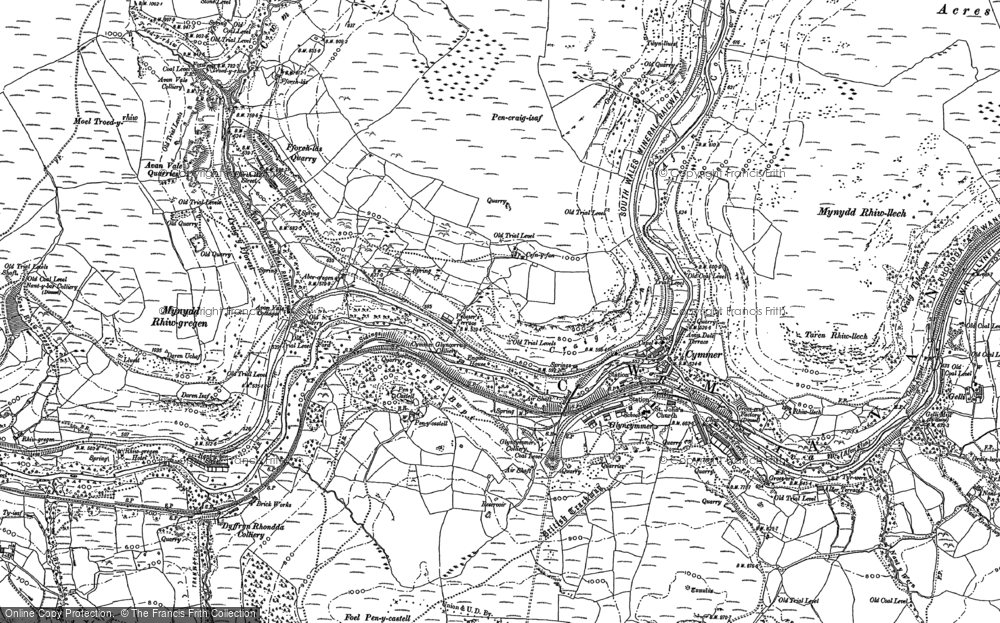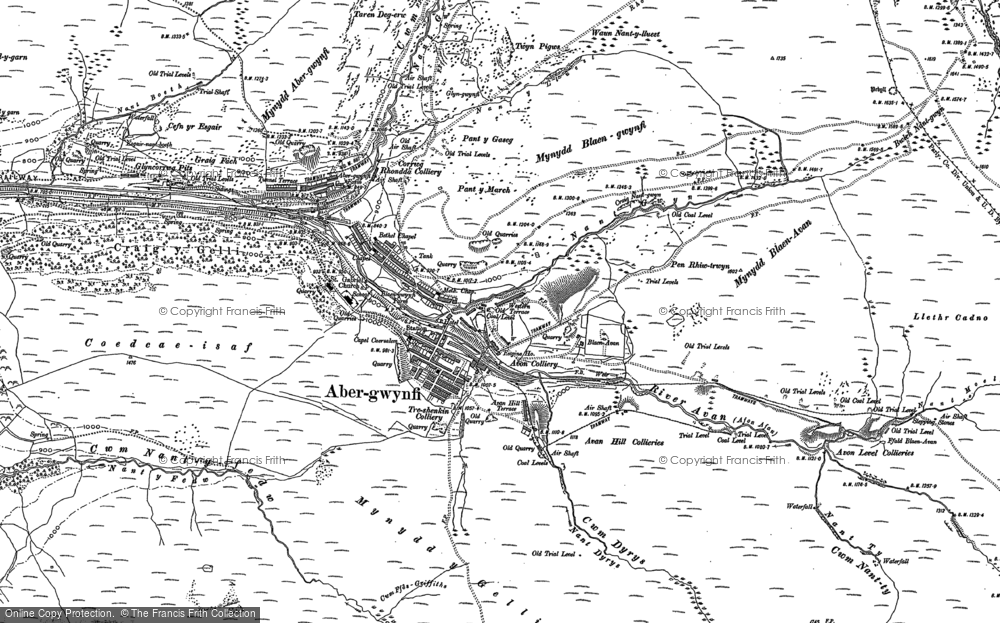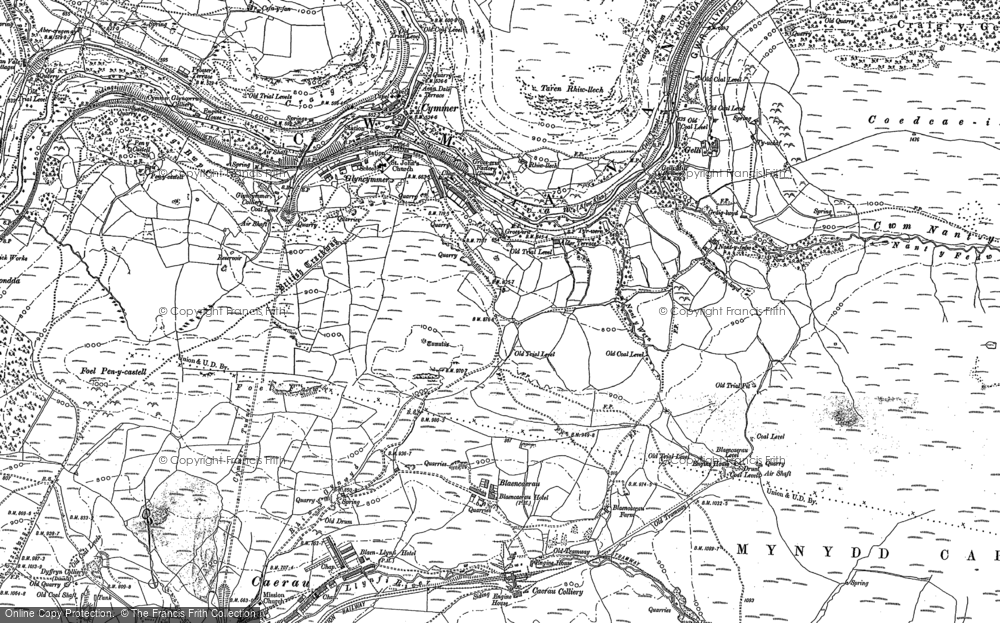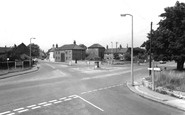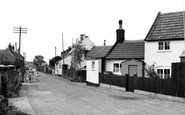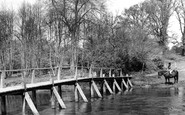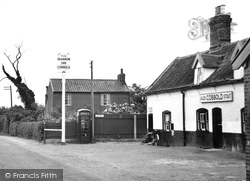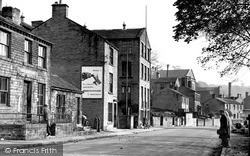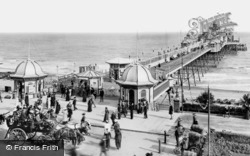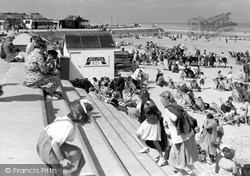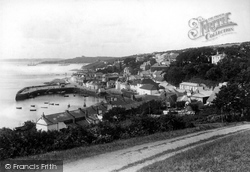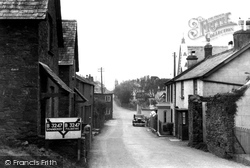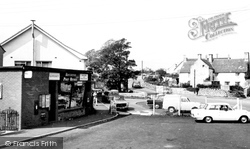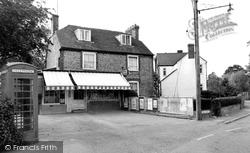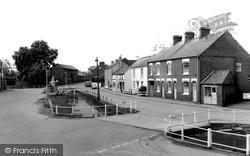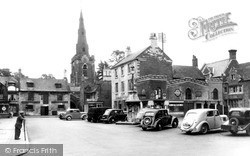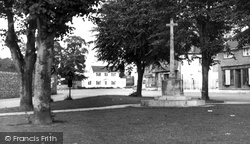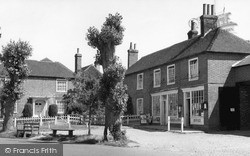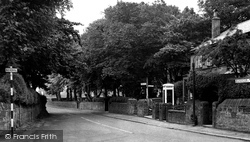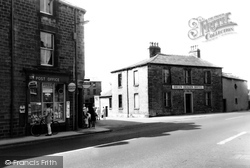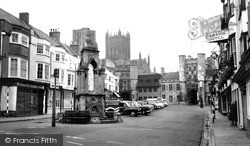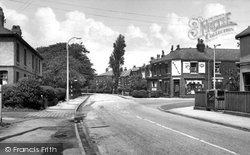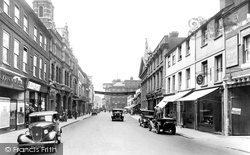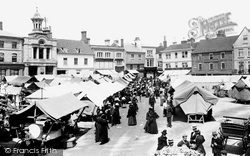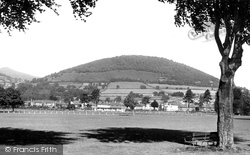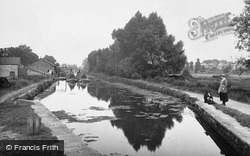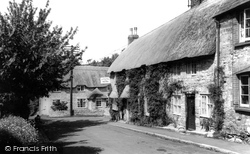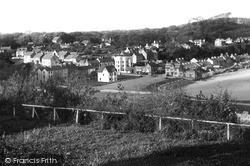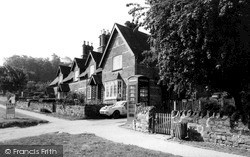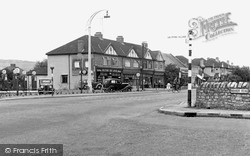Places
9 places found.
Those places high-lighted have photos. All locations may have maps, books and memories.
Photos
2,359 photos found. Showing results 421 to 440.
Maps
776 maps found.
Books
Sorry, no books were found that related to your search.
Memories
2,736 memories found. Showing results 211 to 220.
I Lost My Dad When I Was 3 And We Had To Leave
My name was Pat Barringer then. My dad was burned in a lorry in 1949, he lived for about 6 months and then died, I have no memories at all as I was too young, does anybody remember the name Barringer? My mum was Beryl and my dad was Bert. I also have a sister who was 18 months at the time.
A memory of Buckhurst Hill in 1949 by
The Kosb Barracks
Although born in Scotland, my earliest memories are of Berwick upon Tweed. This was because my father was posted to the Barracks as Pipe Major in the KOSB Depot there. Our married quarters, although in Ravensdowne, ...Read more
A memory of Berwick-upon-Tweed in 1930 by
Post War Memory
My Nan and Grandad lived near the corner of Chamberlayne Road and Bleinham Road - 108 Chamberlayne Road - Mr and Mrs Ayley. Grandad kept ferrets and racing pigeons in the back garden.
A memory of Eastleigh in 1950 by
A Lost Childhood
My beloved late mum grew up and lived in the stunning village of Rode, way back in the late thirties I think. Sadly she's gone now, and I wish I had written down more of her memories of Rode. Her family name was Humphries, and she ...Read more
A memory of Rode by
Chapel Street
Hi, We moved into a cottage in Chapel Street about 1952. The building was on a sharp bend at the top of the lane that led down to the mere. Many a motorcyclist came to grief on the corner and it would not be unusual to ...Read more
A memory of Rockland St Peter by
Harworth 'old' Village
The large Horse Chestnut tree to the right was very popular when conkers were in season with boys searching the ground and throwing whatever came to hand at the tree to try and dislodge the nuts that were temptingly out of ...Read more
A memory of Harworth in 1964 by
Growing Up In Local Avenue
Hi I am Michael Johnson, some of you may remember Tommy and Brenda Johnson who lived in Sherburn Hill for most of their lives. Tommy worked for Alfie Law who had the Post Office and Grocery shop on the 'Hill'. ...Read more
A memory of Sherburn Hill in 1949 by
Eddy Shreeve
Eddie Shreeve was my grandad. He was posted to Walton on Naze Coast guard. It was here that his daughter met her future husband, who was also living in the coast guard houses in Walton. My mum and dad, still live there. I ...Read more
A memory of Winterton-on-Sea in 1975 by
Childhood Days
As I have lived all my life in Childer Thornton I have so many memories. I would just like to record some from my childhood. The village was a wonderful place to grow up in. There was no traffic to disturb our street play ...Read more
A memory of Childer Thornton in 1950 by
A History Lesson
I have lived nearby for 10 years and this place eluded me for a while. Tancreds Ford is still a ford but the bridge is the modern equivalent. The reason I am posting this is because it was on the old smugglers route! Contraband ...Read more
A memory of Frensham by
Captions
1,642 captions found. Showing results 505 to 528.
This building contained the village post office and the public house. The unusual name comes from the ship of Captain Philip Broke of Nacton, whose estate extended into Bucklesham.
On the left is the town's Post Office, converted from a private house.
Taken from the Grand Parade, this view shows well the much-needed 1903 windbreak screen and the higher deck level of the post-1877 rebuilt landward section of the pier, which had been washed
Here we see the post-1953 sea wall, stepped here to allow access to the beach.
Despite its relative isolation from the main mining areas, St Mawes is thought to have been an early tin trading post.
On the right is the Crafthole Methodist Chapel, built in 1867, while the house jutting out into the road on the left is now the shop and Post Office.
The post office (on the left of the picture), under the management of F G Fitchett, is apparently the fulcrum of village life.
Amongst the display boards outside the post office, in the Forty, is one advertising two home fixtures of Reading Football Club: one match against Arsenal and the other against Brentford.
A post office, a shop and a hairdresser's still serve a larger and more varied community.
The post office completes the scene.
Marsh's Stores, shown on the right, is currently the village's general store and post office, while a modern building fills the gap to the left of the stores.
Both Slinfold House (on the left) and Slinfold's stores and post office are clad in an attractive pattern of mathematical tiles, which were very popular in the 18th century.
The building to the right of the Scott K3 telephone kiosk is probably the village post office.
The post office, the Green Dragon and, opposite, the New Inn, overlook the cross-roads at the centre of the village. Galgate's inns once played a part in nominating the village 'mayor'.
The gateway to the right is part of the 19th-century Market House, which became the post office.
The Fearnhead post office on the corner of Fearnhead Lane (right) advertises Sanpic, which 'Destroys Sink Odours'.
Just behind the parked car on the left is the carved entrance to the post office, while on the right a Singer's sign advertises the advantages of sewing on an electrically powered machine.
The flint-faced post office is on the right. Note the lone policeman keeping a watchful eye on events in the right foreground.
Note the rugby posts, ever a central theme in South Walian life, towards the left of the picture. The pitch shown here is now home to Abergavenny Rugby Club.
The wooden stumps (bottom left) are known as strapping posts, and were used to tie up boats. Their state in this view appears to be somewhat poor.
A little further down the hill that we see in No O74048 is the post office; it has now closed, but the same thatched cottages remain.
The Square, the building located at the head of the slipway, was once the village post office and is now part of the Mermaid restaurant.
The post office with shop is the former school house (1858). The village school was on the right through the little gate.
The village grew thanks to railway workers and commuters, and shops moved onto the ribbon development on the Bristol to Bath road - we can see a post office, an optician's, a chemist's, a Co-op and a petrol
Places (9)
Photos (2359)
Memories (2736)
Books (0)
Maps (776)



